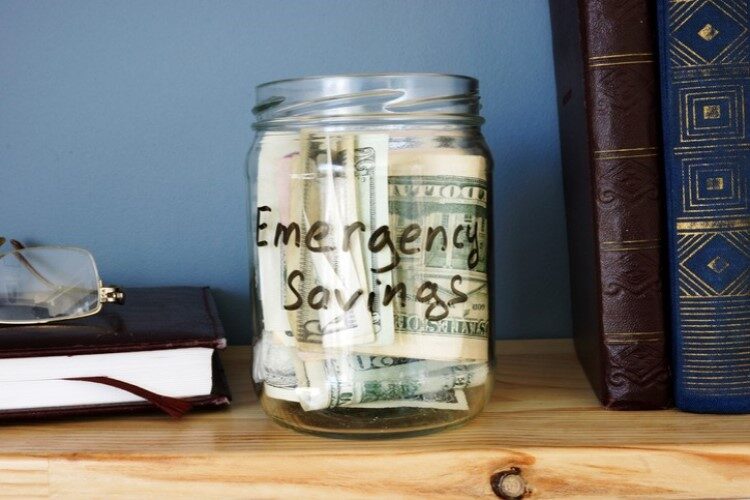One of the first lessons of finance we are taught, by our parents or through some basic personal finance course, is to make creating an emergency fund our top priority.
Having a reserve of cash equivalent to six to 12 months’ worth of living expenses is considered the most fundamental principle of financial security. Yet, the reality is that less than 10 percent of income earners have enough reserve cash to cover more than a month’s worth of expenses¹. Is it denial, ignorance, laziness, that leads people to the verge of bankruptcy? Or is it that they lack the ability or wherewithal to do it?
Actually, anyone, regardless of their wherewithal can create an emergency fund; however, it does require a plan and the discipline to execute it. For those on tighter budgets, it will also require some attitude adjustment regarding your spending habits. The first step in creating your emergency fund is to acknowledge the financial trouble you could find yourself in should you lose six or 12 months of income; then set a goal to prevent it. From there, just follow these essential steps:
Quantify Your Goal
You need to determine how many months of living expenses you need to have in reserve. The minimum should be six months; 12 months is recommended. The higher your living expenses, the longer your reserve should be.
Establish a Serious Budget
Now is the time to streamline your budget in anticipation of the unexpected. Your objective is to free up cash flow that can be allocated to your cash reserve. Once you determine a dollar amount or a percentage of your income you want to allocate, put yourself first in line – in other words, pay yourself first each month. If an unexpected expense creates a cash shortfall, find something else in your budget to cut, but don’t cut your savings allocations.
Establish Frequent Benchmarks
It’s easier to stay on track and stay motivated when you break the overall goal into monthly or quarterly benchmarks.
Make It Automatic
Many banks offer savings accounts that can be set up with automatic deposits from your checking account. You won’t even feel it.
Get Rid of Debt
While your savings goal is the top priority, you need to create more room in your budget to reduce or eliminate debt. As you reduce your debt, the increased cash flow available can be applied to savings, thereby accelerating your savings goal.
Change Your Attitude About Spending
While you shouldn’t have to deprive yourself of the necessities of life, a new attitude about spending could do wonders for your cash flow. Don’t buy on credit. Ask yourself if you really need it. Never pay retail. Make the things you have last longer. Do without some things for a while. Frugal is cool again. But then, when you hit or exceed your savings benchmarks, feel free to reward yourself with a small splurge.
Cover Everything
Insure everything you own – your home (or, if you rent, your property), your car, your valuables, and your most important asset, your income with a disability insurance policy. For a couple of hundred dollars a year you should consider adding a personal liability umbrella policy to cover everything else.
Don’t Touch It
The biggest challenge for many people is to refrain from tapping their emergency fund for reasons other than an emergency. This tends to occur early on when your new attitude and habits have yet to be fully formed. Fight the temptation.
It’s recommended that you utilize bank savings or money market account for your cash reserves. You won’t be earning a lot of interest, but your real objective is to keep your reserves safe and liquid. Once you’ve met your emergency fund savings goal, you can then allocate your monthly savings to other types of investments that can have better earning potential while enjoying greater financial confidence.


